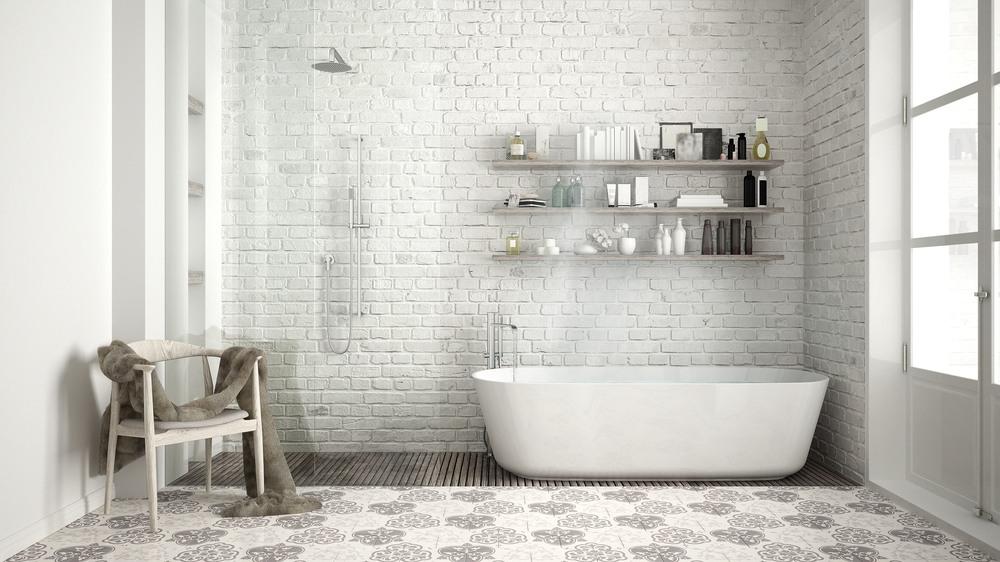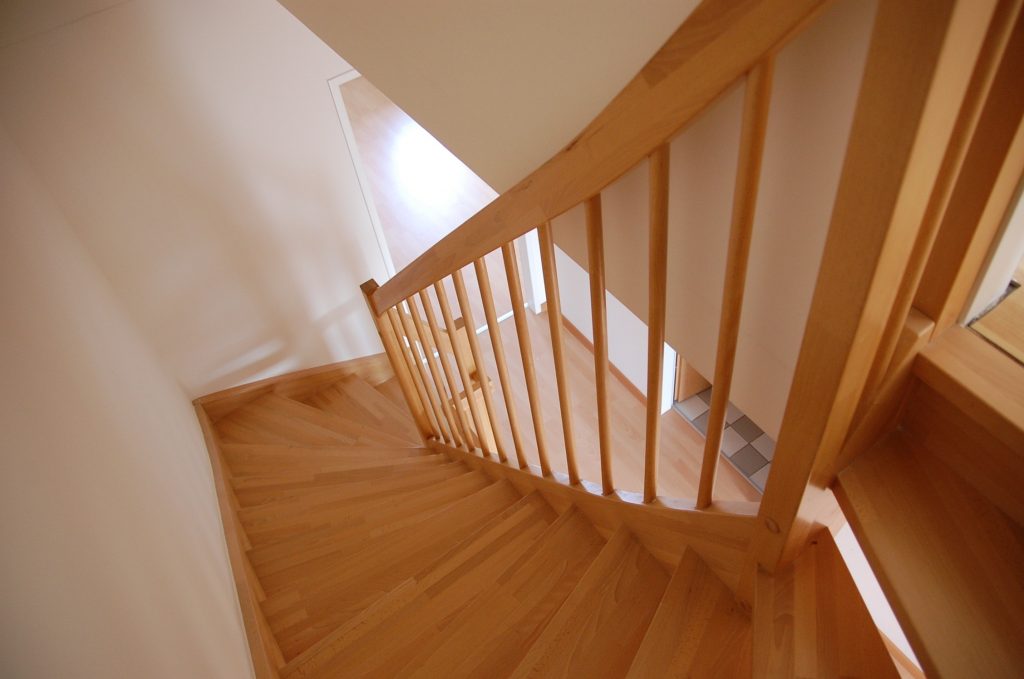- Elevate utilities and appliances to reduce the risk of water damage and electrical hazards.
- Install flood-resistant floorings such as ceramic tiles, vinyl planks, or concrete for easy cleaning and protection from moisture.
- Seal the foundation and walls with waterproof sealants or coatings to prevent water infiltration during floods.
- Install a sump pump to automatically pump out excess water collected in a sump pit.
- Invest in 24-hour emergency water restoration services to efficiently remove water, dry affected areas, and restore your home to pre-flood condition.
When it comes to protecting your home from floods, preparation is key. Floods can cause significant damage to your property, leading to expensive repairs and emotional distress. However, you can implement several home improvement tips to mitigate the effects of flooding. You can safeguard your home and minimize potential damage by taking proactive measures. This guide will discuss five practical home improvement tips to help you deal with floods and protect your property.
1. Elevate Your Utilities and Appliances
Elevating your utilities and appliances is a crucial step in flood-proofing your home. Elevating your utilities and appliances will help protect them from floodwater and prevent costly repairs or replacements.
Here are some tips on how to elevate your utilities and appliances:
Locate the Appliances
Before you begin elevating your utilities and appliances, look around your home and identify all of them. Knowing each appliance’s location is essential to raise it off the ground properly. If possible, draw a map or diagram of the location of each appliance about one another.
Measure and Choose Appropriate Elevation Materials
Once you have identified and mapped out the locations of all your appliances, you need to determine how high they should be elevated above the potential flood level. Use measuring tools such as a ruler or tape measure to gauge the desired height for each appliance before shopping for materials that will help you do this safely and securely. Look for heavy-duty materials such as concrete blocks, lumber, or cinder blocks that are large enough to support the weight of each appliance.
Install Elevation Materials
Once you have measured and chosen the right elevation materials for your appliances, it is time to install them in the desired spots. The best way to do this is by using safety equipment such as a leveler or stud finder. These tools will help ensure your elevation materials are installed safely and securely with minimal effort. Use lag bolts and washers to ensure that your elevation materials stay put over long periods.
Test and Inspect Regularly
After installing your elevation materials, testing each appliance to ensure it is adequately elevated above the potential flood level is essential. Additionally, you should inspect these elevation materials regularly to ensure they are still securely in place and that there are no signs of wear or tear due to use. This will help keep your appliances safe from flooding and give you peace of mind that your home is protected from disasters.
2. Install Flood-Resistant Flooring

Another essential aspect of flood-proofing your home is investing in flood-resistant flooring. Traditional carpeting and wooden floors are susceptible to water damage during floods. Instead, consider installing more moisture-resistant materials, such as ceramic tiles, vinyl planks, or concrete. These options are easier to clean and can withstand exposure to water, reducing the risk of mold growth and structural damage to your floors.
3. Seal Your Foundation and Walls
Sealing your home’s foundation and walls is crucial to prevent water infiltration during floods. Cracks and gaps in your foundation can allow water to seep into your home, leading to extensive damage. Use waterproof sealants or coatings to seal any cracks and protect your foundation correctly. Additionally, inspect the walls for any vulnerabilities and fill them accordingly. Taking these preventive measures will help fortify your home against floodwater.
4. Install a Sump Pump
A sump pump is an effective device that helps prevent water accumulation in your basement or lower levels of your home during floods. It automatically pumps out excess water that collects in a sump pit. Installing a sump pump is particularly beneficial if your home is located in an area prone to flooding. Ensure your sump pump is properly maintained and regularly tested to function optimally when needed. Consider investing in a battery backup system for your sump pump, as power outages often accompany severe storms.
5. Invest in 24-Hour Emergency Water Restoration

While preventive measures are crucial, floods can still occur despite your best efforts. In such situations, it is essential to have a plan in place for emergency water restoration. A reliable 24-hour emergency water restoration can help mitigate the damage caused by floods. These professionals have the expertise and equipment to efficiently remove water, dry affected areas, and restore your home to its pre-flood condition. Acting promptly in the aftermath of a flood can significantly reduce the long-term impact on your property.
In Summary
Dealing with floods requires proactive measures and careful planning. By implementing these five home improvement tips, you can significantly reduce the risk of flood-related damage and protect your home. All essential steps are elevating your utilities and appliances, installing flood-resistant flooring, sealing your foundation and walls, installing a sump pump, and investing in 24-hour emergency water restoration. Remember, prevention is vital, but having a plan for emergencies is equally crucial. By being prepared and taking these necessary precautions, you can minimize the impact of floods on your home and ensure the safety and well-being of your family.




